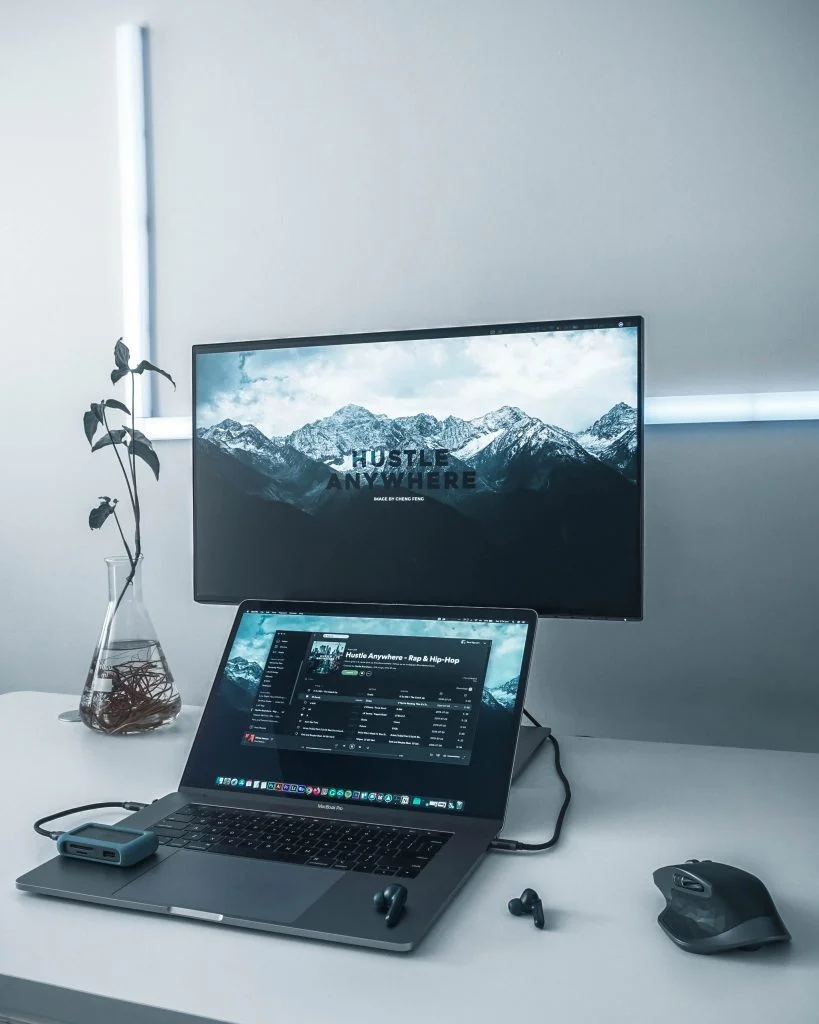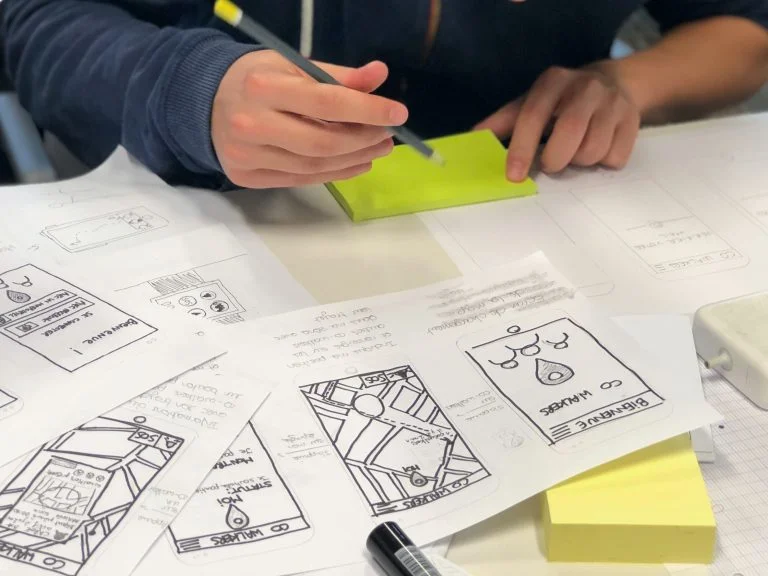Introduction
Developing user-centric mobile apps with seamless user experience has been more important in the contemporary, speedy-paced virtual world, as mobile gadgets have emerged as an essential part of our lives.
Users have high expectations for the programmes with which they interact, awaiting easy navigation, person-pleasant interfaces, and charming functionality. To fulfil these standards and guarantee your mobile app user engagement and app’s fulfillment, you have to utilise effective strategies. In this article, we will observe the ramifications of concepts and effective practices for developing seamless user experience in mobile app developement
Effective strategies are as follows
1.User-Centred Design
A user-centric mobile apps design approach is the cornerstone of a smooth user experience. Understanding your target audience’s wants, preferences, and problem areas is essential. Conduct extensive research to learn about user behavior and expectations.
Create user personas to better understand your average users’ motives. These personas will help you make design decisions, ensuring that every feature and part of your app is appealing to your target audience.
2. Mobile App Design Best Practices
Maintain a clear and clutter-free for User Interface Optimization. A simple design improves usability and decreases the cognitive burden on users. Maintain a consistent design across the app. Consistency in layout, font, and colour palettes helps to create a unified user experience.
Create a simple navigation flow. Users should be able to easily access crucial features and information. Make sure your app’s design is responsive and adjusts to multiple screen sizes and orientations effortlessly.
3. Mobile App Testing
Thorough testing is required to discover and resolve any issues that may interfere with the user experience. Carry out numerous forms of testing, such as:
- Functional testing ensures that all software features function as intended.
- Usability Testing. Interact with real users to collect input on the app’s usability.
- Performance Testing. To guarantee optimal performance, test the app’s responsiveness and loading times.
- Compatibility testing involves ensuring that the software works on a variety of devices, operating systems, and screen sizes.
4. User Engagement Strategies
Engaging users is critical to providing a consistent experience and maintaining it over time. Use the following strategies:
- Personalisation entails tailoring material and recommendations to the user’s behaviour and preferences.
- Push Notifications. Keep people informed and engaged by sending relevant and timely push notifications.
- Gamification. Incorporate gamified components such as incentives, accomplishments, or challenges to enhance the app experience.
- Social Integration. Allow users to share their app accomplishments or content on social networking networks.
5. App Development Process
A well-defined app development process is essential for providing a positive user-centric mobile apps experience. This procedure normally entails:
- Idea and Conceptualization: Define the objective, target audience, and key features of the app.
- Visual Representatives: Create visual representations of the app’s layout and user flow using wire framing and prototyping.
- Design and development: Create the app’s user interface and backend functions.
- Testing and quality assurance: Test the app thoroughly for bugs, usability, and performance concerns.
- Deployment and Launch: Upload the software to the appropriate app store.
6. App Performance Optimisation
- Image and Asset Optimisation. Compress images and utilise suitable formats to improve load times.
- Caching techniques should be used to save frequently requested data locally, eliminating the requirement for frequent server queries.
- Code Efficiency to reduce processing and loading times, write clean and efficient code.
7. User Retention Strategies
User retention is just as crucial as user acquisition. Implement the following tactics to keep users interested over time:
- Continuous Value: Introduce new features or information on a regular basis to keep people interested.
- Input integration: seek out user input and incorporate useful recommendations into software upgrades.
- Customer Service: Provide quick user service to answer user complaints and concerns.
- Regular Updates: Update the app on a regular basis to correct issues and improve performance, depending on user input.
Use analytics tools to study user behaviour and discover areas for improvement in the app.
8. Strong security measures
As data breaches and cyberattacks grow more common, integrating robust security measures into your mobile app development process is essential. Safe coding practices that minimise possible vulnerabilities are the foundation of secure software.
Encrypting user data is critical for preventing unauthorised access and maintaining privacy. This security plan also includes regular app upgrades, which frequently include patches for known security flaws.
Adding features like two-factor authentication offers user an added degree of protection. You’re not simply creating an app when you incorporate these comprehensive safeguards from the start. You’re also increasing your users’ trust and confidence, which boosts loyalty and engagement.
9. Battery Life Optimisation

When an app consumes too much battery power, it might cause user discontent and device abandonment. Save background operations, manage GPS and location services effectively, and optimise animations and UI interactions to save battery drain. Apps that use less power contribute to a better user experience.
10. Efficient memory management
Memory leaks and excessive resource usage can result in programme crashes and performance degradation. Implement effective memory management practices to quickly release unneeded resources. Utilise memory-related tools and profiling techniques early in the development process to discover and fix memory-related issues.
11. App Size Reduction
App size has an impact on both user experience and app store rankings. Large app sizes may dissuade potential users, particularly those with limited device storage capacity.
Reduce the size of the programme by minifying code, compressing files, and utilising vector graphics whenever practical. Consider dynamic asset loading to download materials on demand.
12. Keeping up with Technological Trends
The ability to stay updated with the constantly evolving technology landscape is a key requirement in today’s world.
By being well-informed about the latest programming languages, design trends, and innovative development tools, you position yourself better to incorporate cutting-edge features into your work.
This not only helps you stand apart from your competitors but also makes sure that people who consume or use your product are engaged and always kept up-to-date so as to pave the way for long-term growth and victory.

